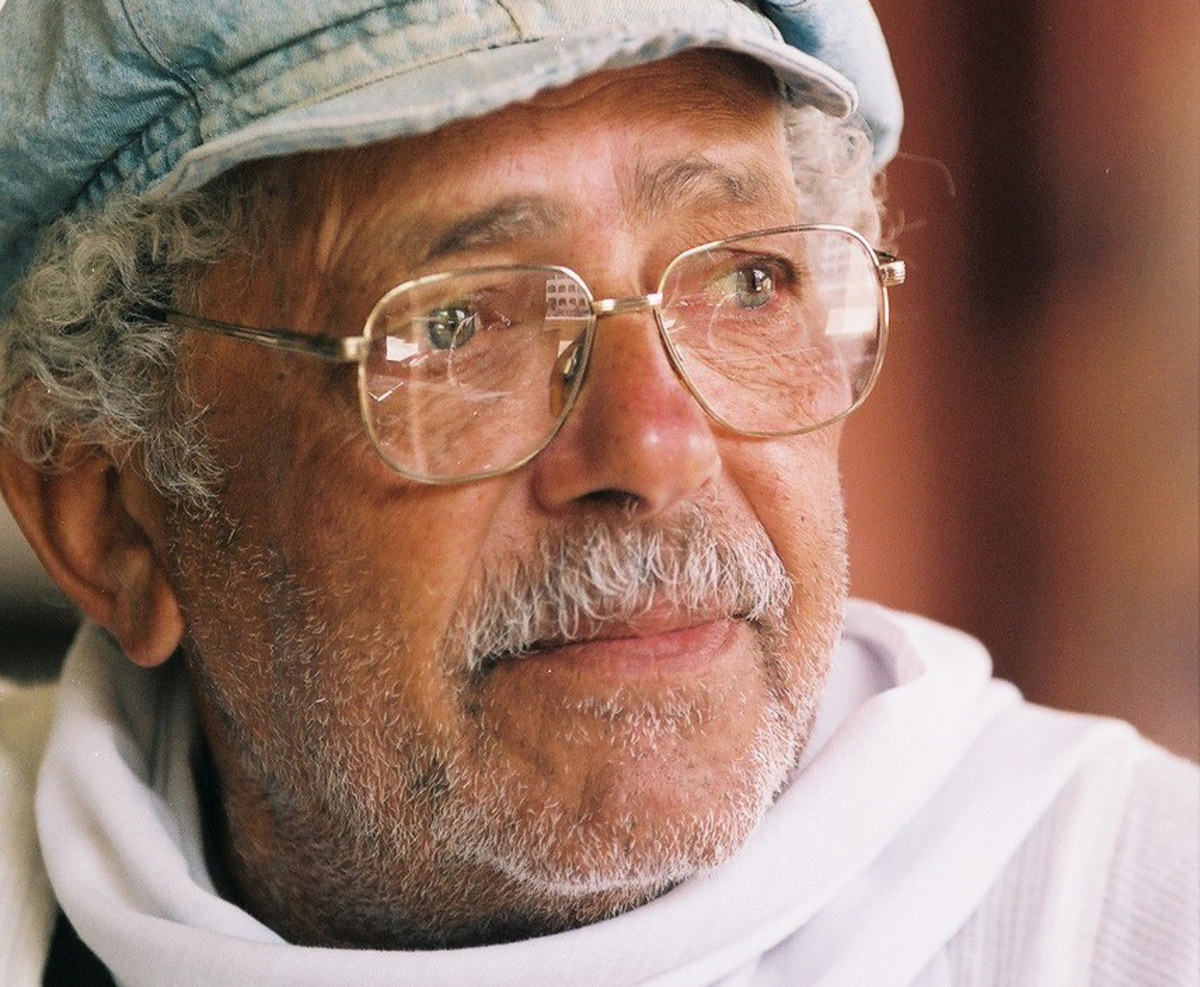CAIRO: The acclaimed Egyptian sculptor and painter Adam Henein turns 90 this year, and his work remains relevant today, as visitors can currently see in a new retrospective — organized by the UAE’s Sharjah Art Foundation (SAF) — at the Sharjah Art Museum.
The exhibition, which runs until November 16, boasts around 80 artworks created during Henein’s eventful seven-decade career. It is part of SAF’s “Lasting Impressions” series, which, once a year, highlights a prominent Arab artist.
“We chose Adam Henein because we thought that, as a person who (has been working) since the 1950s until today, he’s one of the very few (artists) alive and who link the modernist and contemporary styles,” curator Sheikha Noora Al-Mualla tells Arab News.

Adam Henein turns 90 this year, and his work remains relevant today. (Supplied)
Born in Cairo to a family of metalworkers and jewelers, Henein’s defining encounter with art dates back to his childhood, when, aged eight, he reproduced a clay sculpture of the ancient Egyptian pharaoh Akhenaten after seeing it in the Egyptian Antiquities Museum. Impressed by his talent, Henein’s supportive father would go on to display a few of his son’s sculptures in his shop in Old Cairo.
Henein went on to gain a degree in sculpting at the School of Fine Arts in Cairo in 1953, before receiving a scholarship to study in Europe. He enrolled at Munich’s Academy of Fine Arts, where artistic luminaries including Paul Klee, Josef Albers, and Alphonse Mucha once studied. And, as with so many artists, Paris was another stop for Henein — he and his wife lived in the French capital for nearly 20 years.
The time he spent in Europe was liberating and eye-opening, enabling him to experiment artistically and acquaint himself with the works of Western sculptors, according to Al-Mualla.

Henein did not limit himself to a single artistic medium or surface. (Supplied)
Henein returned to Egypt in the 1990s, and has since been heavily involved in helping to elevate the country’s cultural scene. When the government decided to initiate restoration work on the Sphinx of Giza in the late Eighties, they approached Henein to lead the design team. He was initially hesitant about taking on such a major commitment, but eventually agreed in 1989. The project was finished in 1998, and Henein was decorated for his work on it.
In “Lasting Impressions,” Henein’s works — most of which have arrived directly from his home-turned-museum in Cairo — are displayed in a minimalist layout over two wings. The exhibition reveal the artist’s little-known experimentation with abstract painting — intertwining shapes and colors creating a harmonious composition.
Henein did not limit himself to a single artistic medium or surface; he created paintings on delicate papyri, Japanese paper, and tempera.

Henein gained a degree in sculpting at the School of Fine Arts in Cairo in 1953. (Supplied)
“He did not (belong) to a certain school or method of painting and sculpting. His experimentation was different than anyone else’s,” says Al-Mualla.
The artist was most celebrated, though, for creating non-traditional, bold, smooth bronze sculptures portraying animals — including cats and dogs, so popular in ancient Egyptian art — and individuals from Egypt’s working class, particularly those in the Nile Valley city of Aswan.
Henein also turned to contemporary culture for inspiration. In the early 2000s, he produced a large statue of the iconic Egyptian singer Umm Kulthum, and a noticeably round bust of the famed Egyptian writer, playwright (and Henein’s peer) Salah Jahin.

Henein also turned to contemporary culture for inspiration. (Supplied)
One particular animal proves to be a recurring motif in Henein’s oeuvre — thoughtfully and simply represented — the bird. Whether sleeping, standing tall, watching, or even courting, Henein’s birds are symbolic, majestic, and somehow vulnerable. Henein, it seems, was fascinated by the liberating act of flying, as one can see in a rare 1970s sketch in which he repeatedly draws small, bird-like planes.
“We see the bird throughout his career,” notes Al-Mualla. “It kind of symbolizes him as an artist; it symbolizes freedom, movement, and trying out different things.”












